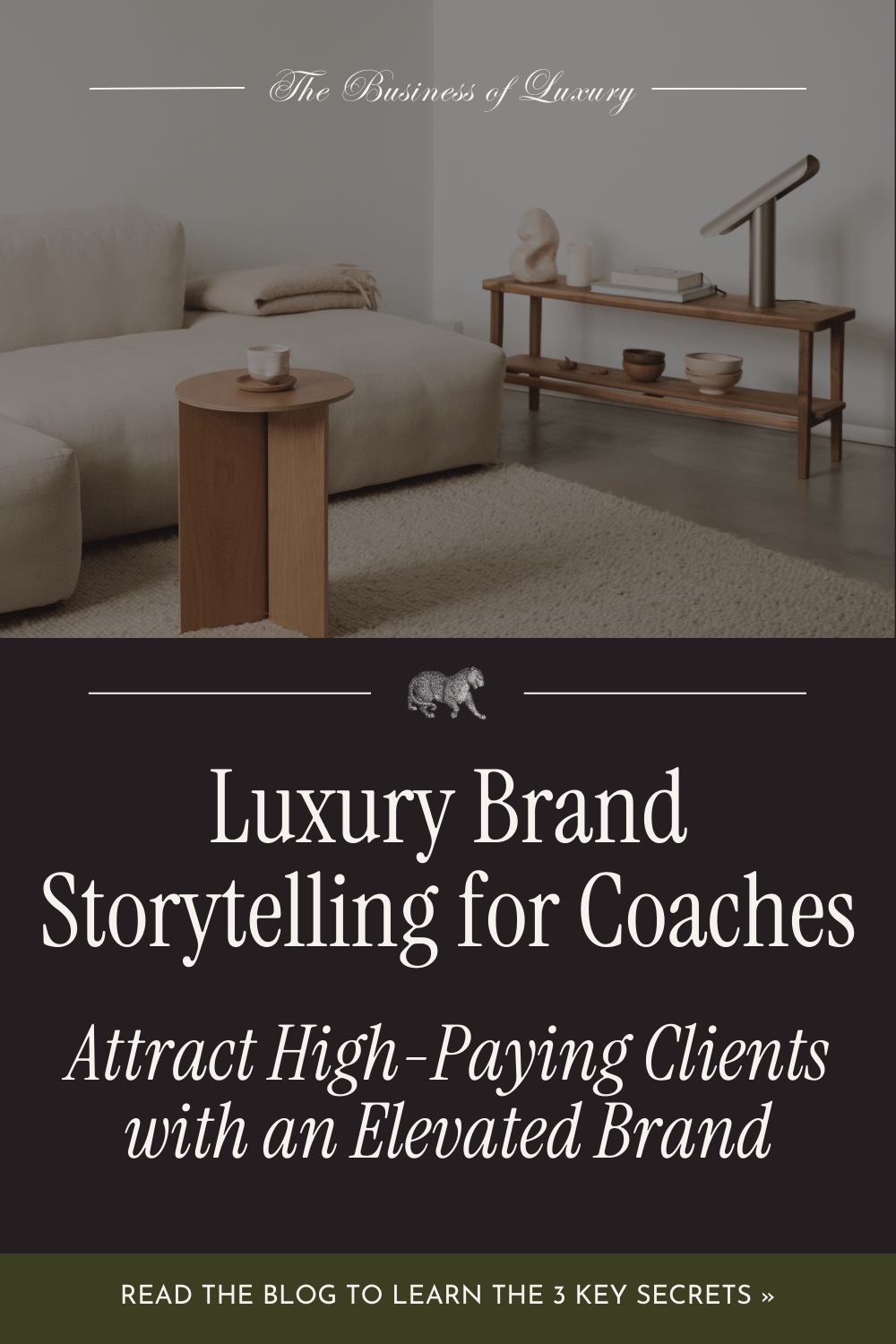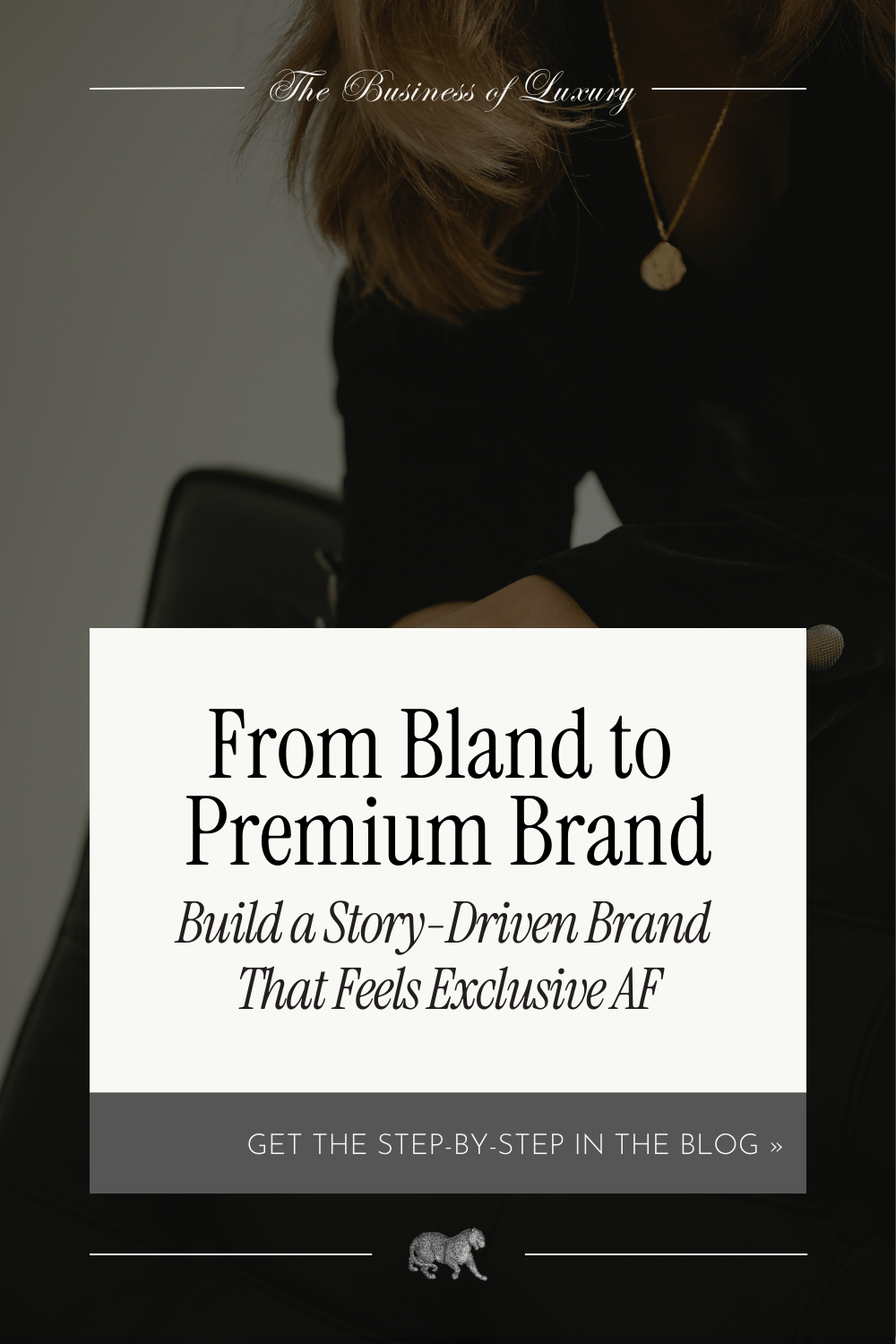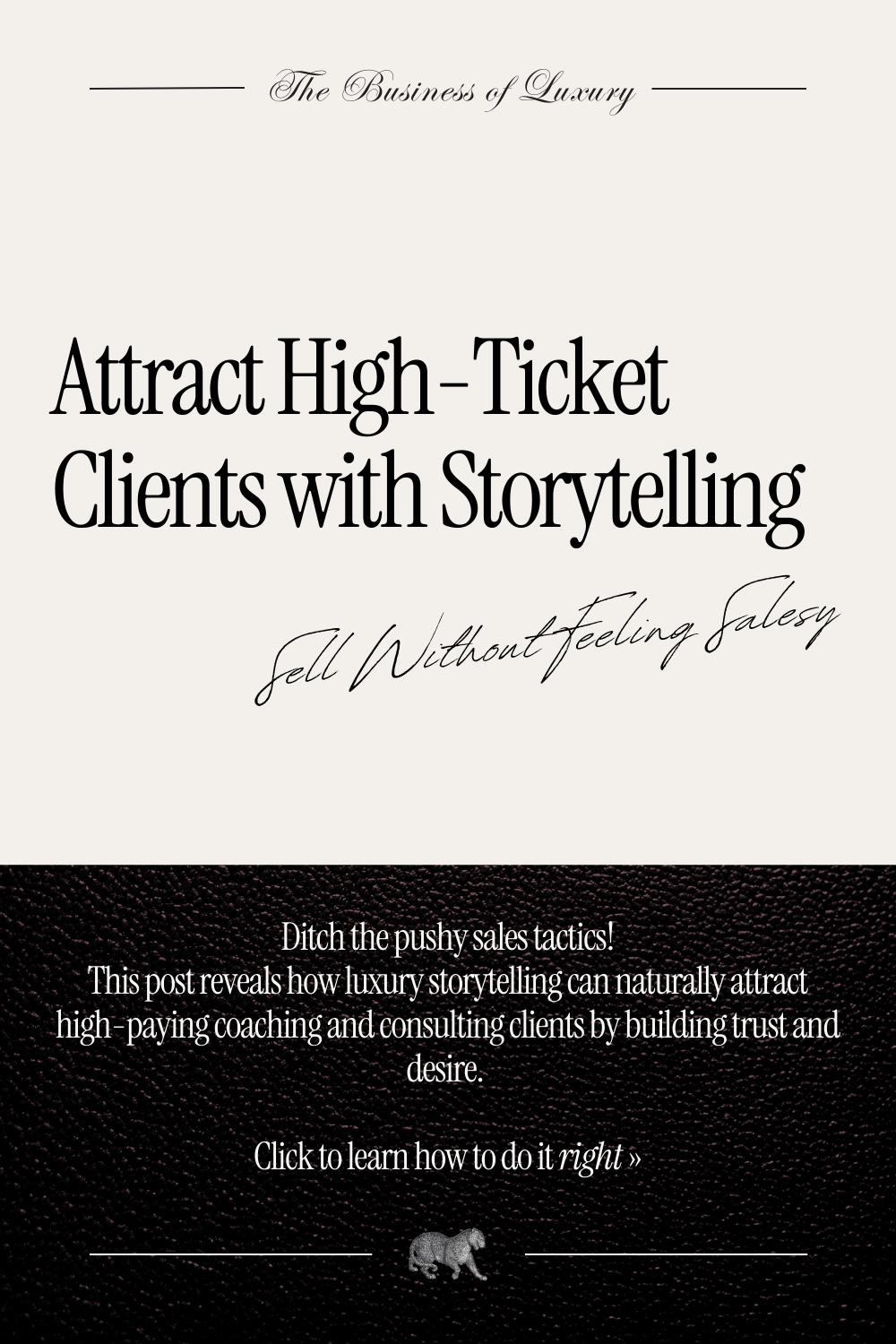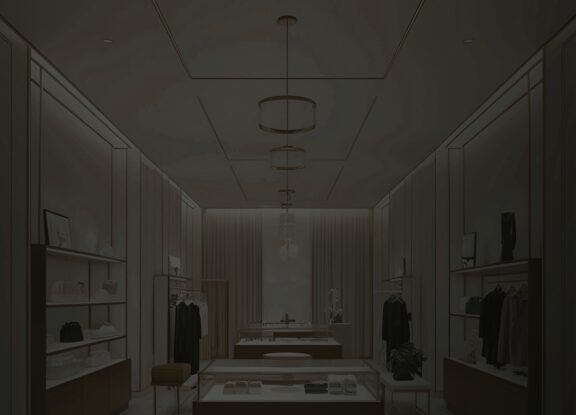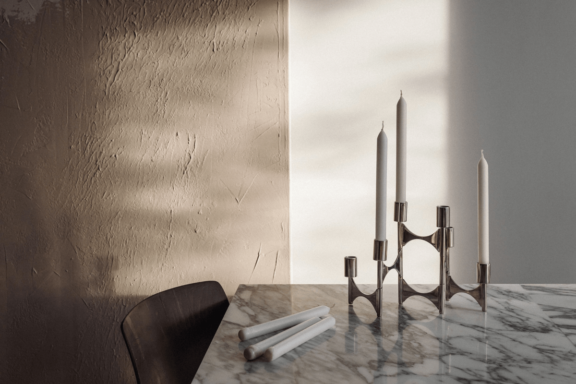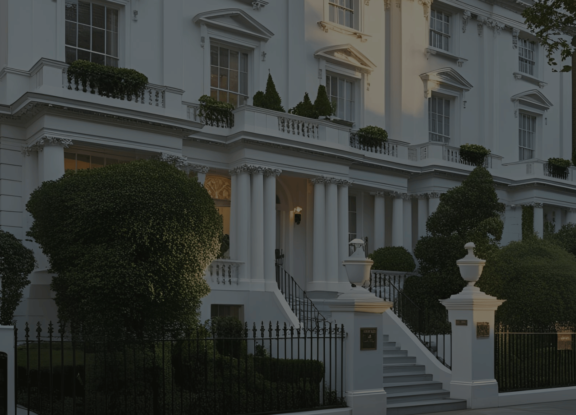
Why “Luxury” Isn’t About Being Fancy 💁🏼♀️
Luxury isn’t about having a gold logo, silk robe, or a chandelier on your homepage—it’s about how you make someone feel.
Here’s the truth most personal brands need to hear: Luxury is emotional, not ornamental. What high-end clients crave isn’t flash, it’s feeling seen, special, and safe to trust. Fancy design can help, but the real luxury is in how intentional, intuitive, and emotionally calibrated your brand feels. That’s what creates desire.
Think about this: when you step into a boutique hotel that smells amazing, plays the right music, and already knows your name—that’s luxury. It’s not because the chairs are velvet or the chandeliers are crystal. It’s because someone thought it all through. That’s how personal brands win too: through deep intentionality. Your onboarding email can feel like a warm towel after a cold swim. Your sales page can feel like a handwritten invite. Your voice memo response can feel like a personal concierge. Even saying someone’s name is a kind of luxury.
Look at La Gent—a small, curated lifestyle store based in London. Their product descriptions read like love letters. Their copy doesn’t scream “exclusive.” It whispers a feeling. They don’t sell you a desk lamp. They sell you a mood, a moment, a little corner of calm in a chaotic world. Their website doesn’t scream money—it hums quality. That’s emotional depth. That’s what feels expensive.
Here’s your method: Drop the idea that you need to “look luxury” and instead ask,
What would it feel like to make every interaction with me feel like a treat?
Maybe that means clarity, ease, or the feeling of being fully understood before a word is said. Build from that. Let that emotion drive every part of your brand story.
When you show people you’re already thinking of them, you don’t need sparkle to feel special. That’s when your brand starts to radiate quiet, powerful desire.
The Psychology of Desire in Storytelling
Desire isn’t created through facts—it’s sparked by how your brand makes someone feel.
Luxury brand storytelling for entrepreneurs starts with one simple truth: you’re not selling a service, you’re selling a moment, a memory, a mood. That’s what makes luxury feel irresistible. It’s not about the product—it’s about the identity someone steps into when they buy. That’s where desire lives, and you are activating that desire.
Let’s take Maison Margiela’s “Replica” line. These fragrances don’t promise “long-lasting wear” or “sustainable ingredients.” They sell scenes. “Jazz Club.” “Lazy Sunday Morning.” “By the Fireplace.” Each one is a snapshot of a life you want to remember—or escape to. You’re not buying perfume. You’re buying nostalgia.
And the kicker? Even if the customer has never experienced that exact moment before, they recognise it. That’s emotional branding at its peak.
So how do you use this if you’re a coach, a writer, or a service provider with no scent line or slick product shots?
You get out of the “what you do” and into “how it feels to work with you.”
Try this:
Instead of “1:1 consulting sessions with worksheets,” say “clarity that hits like espresso and lasts longer.”
You’re not offering sessions. You’re offering relief, confidence, control, safety.
When your story taps into an emotion someone already wants to feel—you’re no longer persuading. You’re awakening desire. That’s what makes your brand unforgettable.

The 3-Part Story Framework to Spark Obsession
The best luxury stories follow The Three Os Framework—Origin, Obsession, Outcome. And when your story hits all three, it stops being content and starts becoming a feeling.
This isn’t about crafting some big brand origin myth. It’s about showing people how you think, what you care about, and why it feels so damn good to work with you. This simple framework works for every personal brand—whether you’re a wellness coach, an interior designer, or a copywriter building from your kitchen table.
Here’s the breakdown:
- Origin – Where did this specific obsession start? Not your résumé—your reason. What problem did you fall in love with solving?
- Obsession – What detail, process, or moment are you obsessed with? This is the signature ingredient that makes your brand unforgettable.
- Outcome – What is life like on the other side of working with you? Not just the result—how it feels to get there. What desire are you tapping into?
Example for a coach:
- Origin: You couldn’t find mindset work that didn’t feel fluffy or fake.
- Obsession: Creating bite-sized breakthroughs that stick.
- Outcome: Clients walk away saying, “I don’t even recognise myself—in the best way.” You tapped into the feeling/desire of change, evolution and self-actualisation.
For a copywriter:
- Origin: You were tired of seeing brilliant people with dull words.
- Obsession: Turning voice notes into gold-standard messaging.
- Outcome: Clients finally feel like their brand sounds like them and sells. You tapped into the feeling/desire of being seen, heard and understood. Significance is a BIG desire.
To build yours, ask:
- What’s the moment everything clicked?
- What do I never shut up about?
- How do my clients describe me in DMs, not testimonials?
When your story moves through these beats, your brand becomes more than a service, it becomes a signature. Something people crave, because it could only come from you.
Positioning Yourself Like a High-End Experience
If your offer feels expensive before they even click “book now,” you’re already winning.
Here’s the shift. Luxury branding for entrepreneurs isn’t about looking big, it’s about feeling intentional. High-end brands don’t just sell services; they create an atmosphere or a vibe. That feeling of “I’m in the right place. I trust this. I want this.” You don’t need a designer or a team to pull that off. You just need to think like a dinner party host, not a hustler. What’s the vibe of your dinner party?
Let’s be real. You can tell when a brand has its shit together. The language is confident. The flow makes sense. The copy anticipates your questions. That’s what creates a sense of ease and elevation. It says “I see you and I get you”.
And guess what? That’s what luxury is.
Look at Of a Kind (rip), a now-retired indie brand that felt boutique in the best way. Their tone was smart, their product pages read like personal recommendations, and every email felt like a note from a stylish friend. They didn’t scream “high-end”, they created a sense of taste.
I highly recommend reading their story on Fashionista.com. They were ahead of the curve with so many things.
So how do you do it?
👉 Simplify the process. Make working with you feel like a breeze. Clear steps. Clean onboarding. Massive clarity what you want the client to do next. You’re leading them, remember?
👉 Choose elevated language. Swap “packages” for “offerings.” “Book a call” becomes “Let’s connect.” Tiny language tweaks make massive differences.
👉 Infuse small moments with big energy. That follow-up email? Make it feel like a champagne toast. Make a fuss out of folks being in your world, it goes a long way.
When your brand feels luxurious at every touchpoint, your audience starts to believe: “If this is what the free stuff is like… imagine what it’s like to hire them.”
Mistakes That Kill the Vibe (and How to Fix Them)
Nothing drains desire faster than trying too hard to sound “luxury.” Seriously, check yourself if you think you’re creating a word salad when you write!
Here’s the deal. You can’t fake elevation. When you layer on too much fluff, lean too hard into buzzwords, or over-explain every single detail, you don’t sound high-end, you sound insecure. You’re gently seducing your audience, not overwhelming them with how cool or luxury you are.
Here are the biggest vibe-killers I see all the time (and maybe you’ve done them):
- Over-explaining your process You’re listing every detail like you’re trying to prove your worth. *red flag alert* High-end clients don’t need a full itinerary. They want to know what outcome they’re walking into and how it will feel. Don’t make them think, invite them to feel taken care of.
- Generic storytelling Saying things like “I’m passionate about helping others” is sweet, but it’s beige AF. Luxury stories are specific. Tell me the exact moment you knew you had to do this work. That’s what sticks.
- Copy that’s trying to sound expensive When your brand voice suddenly turns into a robot in a tux (“We craft bespoke solutions for elevated brands”), you lose people. Keep your tone human, confident, and warm. Think less Forbes, more friend-who-has-her-shit-together. And yes, if you have a sense of humour or sharp British wit (hello!) then use it.
So how do you fix it?
✨ Simplify your message until it sounds like something you’d say out loud to a friend.
✨ Lead with the transformation, not the tasks. Lead, lead, lead!!
✨ Trust that your presence, not your polish, is what makes you magnetic.
When your story is clear, your voice is real, and your process feels thoughtful, you create desire. That’s what luxury does.

Frequently Asked Questions
Q: Can I create a luxury brand story without a fancy logo or website?
Absolutely. Luxury is a feeling, not a font. Your brand story lives in your words, your tone, and the way you make people feel… long before they ever land on your site or see your logo.
Q: I’m still figuring out my niche. Should I wait to work on my story?
Nope. In fact, telling your story helps you find your niche. When you share what lights you up, the right people will find themselves in your story and lean in. I evolved my niche by posting about what I love – business, luxury brands and psychology and it turned into The Business of Luxury, gaining readers all over the world and reigniting my love for brand direction.
Q: What if I hate talking about myself?
You’re not the hero, your client’s transformation is. Tell the story through their eyes. Focus on the emotions, the journey, the shift. That’s what makes it magnetic (and way less awkward).
Q: Does luxury storytelling work for personal brands or just products?
Luxury storytelling especially works for personal brands. You’re selling trust, taste, and transformation. That’s emotional… and emotion is where luxury lives.
Q: How do I know if my story is resonating with high-end clients?
Watch for this sign: people say “I feel like you get me” before they even book. When your story mirrors their desire, you’ve struck luxury gold.
And if this post as resonated then leave a comment. I read and reply to every one 🤍
📌 Love it? Pin it to Save it.
